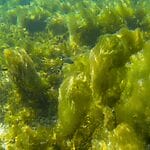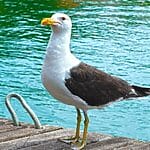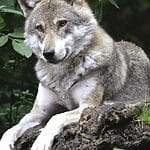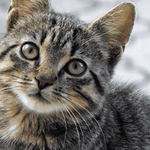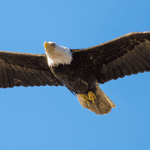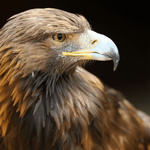Tortoises are fascinating animals. From spending extended periods of time on both land and water to being calm house pets.
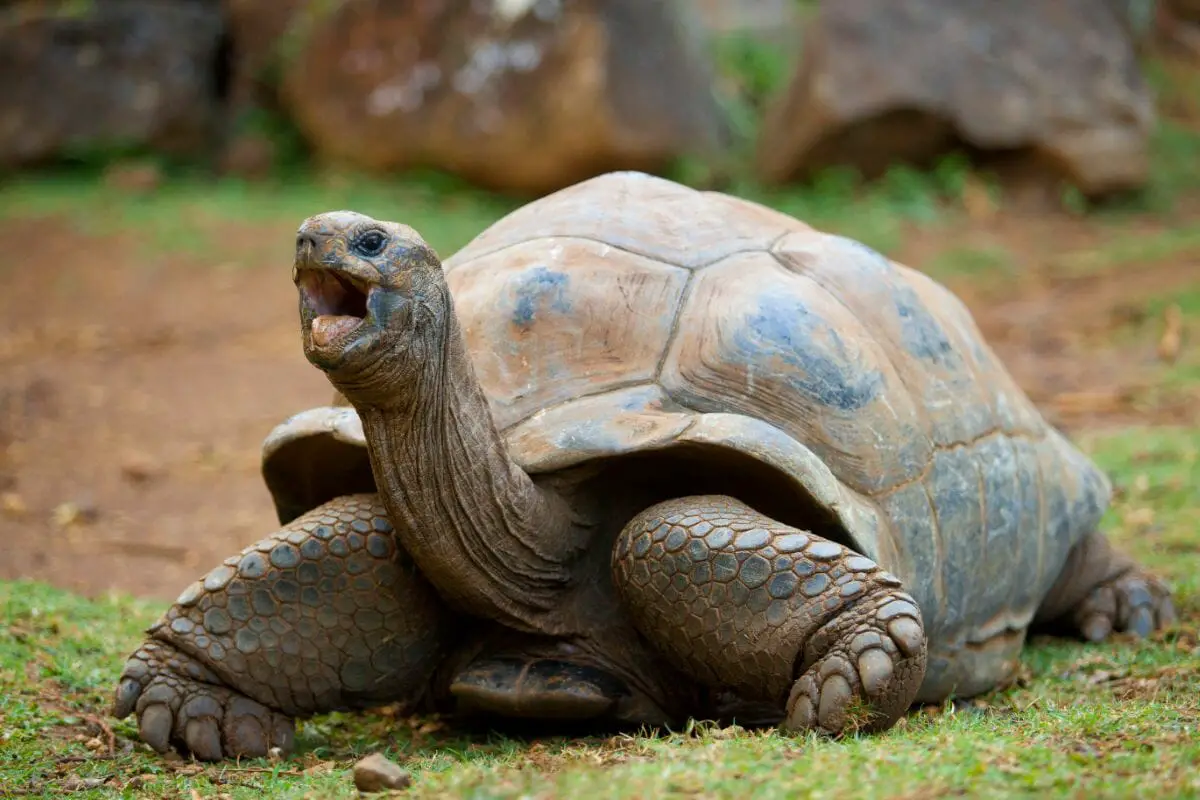
Tortoises are a beloved reptile. With over 350,000 households caring for different species of tortoises as pets, it can be interesting to know more about them.
There are 49 species of tortoises but what are they? Below you will find 7 different species of tortoise and some information about them.
You can feel deeper in love with the shy creature and expand your knowledge on the rather captivating animal.
Speckled Tortoise
The smallest species of tortoise in the world is the speckled cape tortoise, commonly referred to as the speckled tortoise or the speckled padloper.
This species is native to western South Africa, Little Namaqualand, Namibia, and other regions.
The speckled tortoise is endangered and is rarely found in captivity.
This tortoise only grows to around 6-10 centimeters. The brown carapace with dotted black dots is what gained the tiny animal (see also: Animals That Are Brown)its name.
Once the carapace of this species lies flat with serrated edges. Don’t forget that these guys can have a lifespan of over 100 years.
A unique feature about the speckled tortoise is that unlike many other tortoise species, this one has 5 toes on each of their front legs.
Egyptian Tortoise
The critically endangered Egyptian tortoise is native to Egypt, Israel, and Libya.
They live in semi-arid areas and deserts and are the smallest species of turtle found in the Northern Hemisphere.
Having dark triangular markings on each scute, the shells of these endangered tortoises are pale yellowish.
The plastrons range in color from cream to dark brown.
Even though we know relatively little about Egyptian tortoises’ diets in the wild, they are probably herbivores.
Part of the Cryptodira group of tortoises and are commonly known as neck-hiding tortoises.
When frightened, sleeping or protecting themselves the egyptian tortoises will withdraw their heads straight back into their shells.
This is uncommon as other tortoises withdraw in a sideways motion.
Russian Tortoises
Russian tortoises live in the arid steppes and deserts of Central Asia, which includes nations like Afghanistan, Pakistan, and Uzbekistan in addition to Russia.
They prefer places with greater altitudes and rough terrain.
These tortoises are herbivores and consume different kinds of vegetation.
With brown shells that have black patches in the middle of their scutes and yellow to brown skin, this tortoise is adorable.
Part of the Testudinidae family, the Russian tortoise has a shorter lifespan of 40 to 50 years.
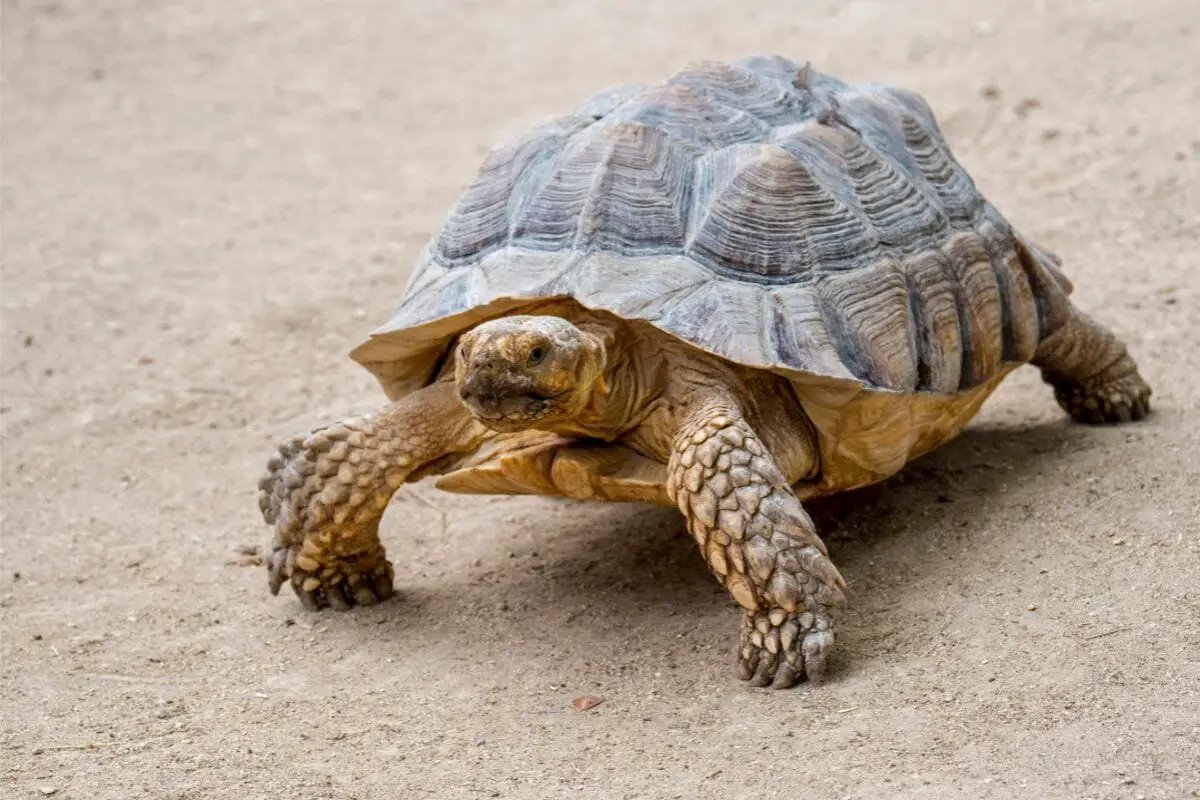
Greek Tortoise
Greek tortoises (and their 12 subspecies) can be found in the majority of the Mediterranean region, including the North African coast.
They live in rocky terrain or semi-arid scrubland in dry, hot temperatures.
They are a species that many people keep as pets.
These small tortoises, growing to only 13-28 centimeters, like to burrow and dig in order to escape the scorching heat of the Mediterranean.
These medium-sized tortoises often range in hue from light yellow to dark brown.
Their shells have dark, mosaic-like designs on them that resemble those found in ancient Greek mosaics. Their shells have a significant domed top.
Interestingly, greek tortoises tend to live longer in captivity and than in the wild.
When living in the wild they may live 20 years if they aren’t eaten by predators but in captivity they can happily live for 50 to 100 years.
Pancake Tortoise
The popular tortoise can be found living in Kenya and Tanzania. Preferring rocky hillsides and arid bushland.
Groups or Colonies of the flat-shelled tortoise will share the same area and are amazing climbers.
Pancake tortoises, as its name suggests, have flat, brown shells that are not quite solid in the way that other tortoise shells are.
Compared to other species, the Pancake tortoise is light and agile because of this.
Each scute is marked with a series of dark lines, and the plastron is yellow.
Unfortunately the pancake tortoise is now critically endangered.
This is due to the growing popularity of the pet trade and the destruction of their natural habitats.
Indian Star Tortoise
The Indian Star Tortoise is a unique species of tortoise. Native to parts of India, Pakistan and Sri Lanka.
This distinctive tortoise has a rounded dark brown or black shell with eye-catching yellow or orange lines.

This design is to help the tortoise camouflage itself into the dense grass of its natural habitat.
These magnificent tortoises live in forests or dry grasslands and prey primarily on plants.
On rare occasions, they would eat carrion as well.
They belong to the Cryptodira genus of turtles, sometimes referred to as the neck-hiding turtles.
When threatened, they immediately pull their heads back into their shells.
Due to the attractive design of their shells (Also check out Animals That Live In Shells), the Indian star tortoise is now endangered as they are over collected for the pet trade.
Impressed Tortoise
The Impressed tortoise is a species which can be found in high altitude areas of Southeast Asia.
While this tortoise is rarely kept as a pet or in captivity, the native people do have the tortoise within their cuisine
The scutes on the golden brown shells of impressed tortoises are impressed or indented.
With more yellow on their heads, their skin is often yellowish to dark brown in color.
While the scutes on their back are serrated, those on their front are elongated.
As part of a herbivorous diet, the impressed tortoise will root for bamboo shoots and mushrooms within their forest habitat.
Final Thoughts
There you have it! 7 unique and interesting species of tortoises.
Whether you prefer the bright and vibrant shell of the Indian Star Tortoise or the weirdly shaped Pancake Tortoise you’ll never run out of cool facts to learn.
If you’re looking for a pet the Speckled Tortoise is a favorite due to their small size and docile nature.
Or you may want to consider the Greek Tortoise who tends to live longer in captivity.
You know more cool, weird and interesting facts about tortoises!



